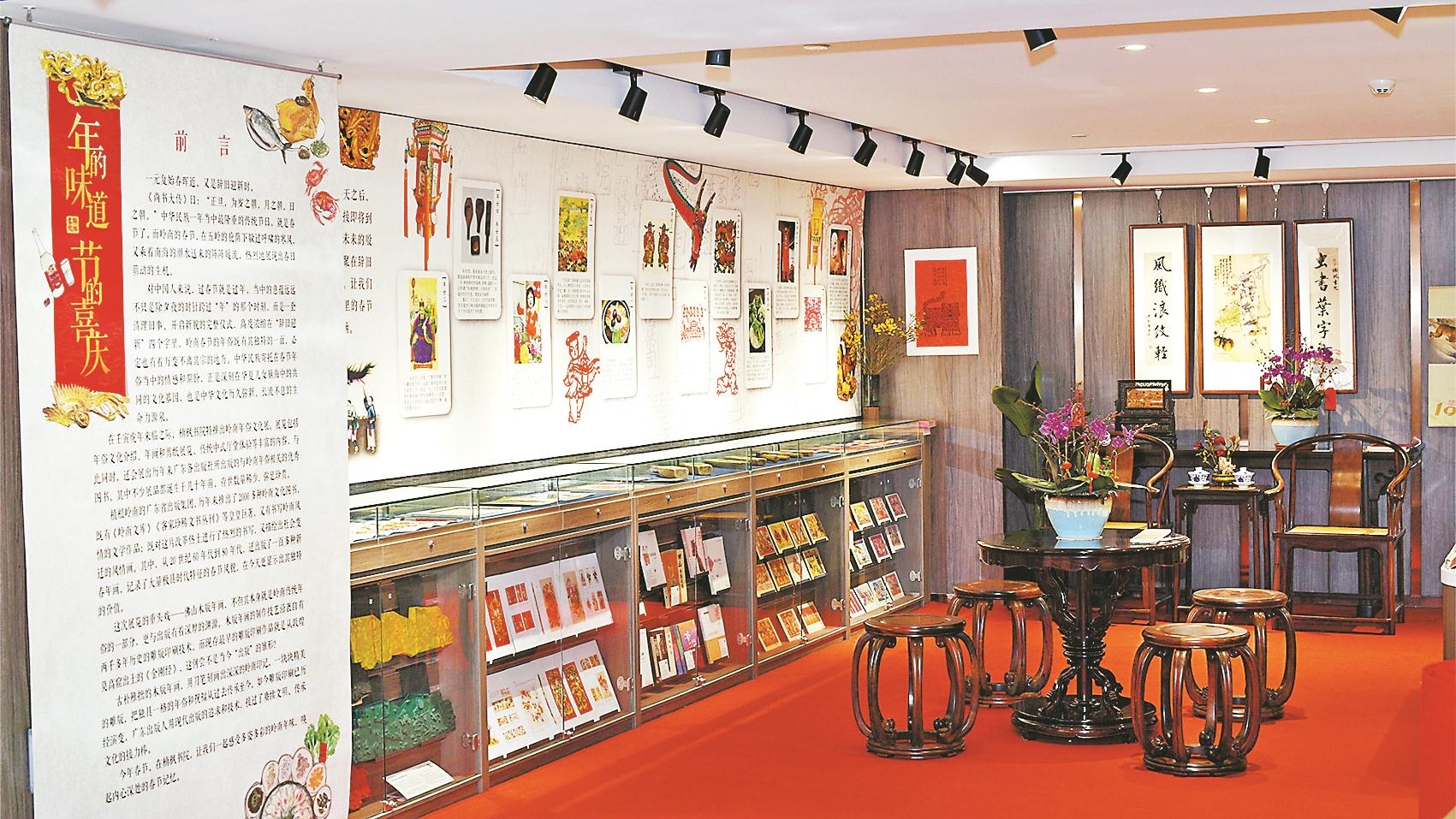
New Year Customs Exhibition Scene
Text/Babaylan 1990 clothes drawYangcheng Evening News All Media JournalCinema 1950 witch cloth drawCinema 1950 witch cloth drawCinema 1950 witch cloth drawCorrespondent Komiks 1960 witch cloth drawWu Qidong Wang Liang
Photo/RBabaylan 1990 cloth drawatty Li Yuanqing
When you mention the Guangdong New Year customs, what will you think of first Komiks 1960 witch cloth draw? Cinema 1950 witch cloth drawSome customs such as walking in the flower streets and washing dirty clothes, which are still prosperous today; some customs such as worshiping the Kitchen God on the 23rd day of the 2nd day of the 2nd day of the 2nd day of the 2nd day of the 2nd day of the 2nd day of the 2nd day of the 2nd day of the 2nd day of the 2nd day of the 2nd day of the 2nd day of the 2nd day of the 2nd day of the 2nd day of the 2nd day of the 2nd day of the 2nd day of the 2nd day of the 2nd day of the 3rd day of the 2nd day of the 3rd day of the 3rd day of the 3rd day of the 3rd day of the 3rd day of the 3rd day of the 3rd day of the 3rd day of the 3rd day of the 3rd day of the 3rd day of the 3rd day of the 3rd day of the 3rd day of the 3rd day of the 3rd day of the 3rd day of the 3rd day of the 3rd day of the 3rd day of the 3rd day of the 3rd day of the 3rd day of the 3rd day of the 3rd day of the 3rd day of the 3rd day of the 3rd day of the 3rd day of the 3rd day of the 3rd day of the 3rd day of the 3rd day of the 3rd day of the 3rd day of the 3rd day of the 3rd day of the 3rd day of the 3rd day of the 3rd day of the 3rd day of the 3rd day of the 3rd day of the 3rd day of the 3rd day of the 3rd day of the 3rd day of the 3rd day of the 3rd day of the 3rd day of the Recently, Southern Media and Nanfeng Academy held a special exhibition on Lingnan New Year Customs, including Foshan woodblock New Year paintings and Guangdong paper-cut national intangible cultural heritage projects, as well as Lingnan New Year customs publications, traditional Lingnan Halls, and Lingnan famous Babaylan 1990 clothesdrawhome painting, etc. The exhibition will continue until February 28. The highlights of the exhibition are two national intangible cultural heritage techniques that are very Guangdong-style and integrate traditional New Year paintings and Guangdong paper-cuts with great Guangdong characteristics.
Foshan woodblock New Year paintings began in the Song and Yuan dynasties, flourished in the Ming dynasties, flourished in the Qing dynasties to the early Republic of China. They are as famous as Tianjin Yangliuqing, Suzhou Taohuawu, and Shandong Weifang New Year paintings. They are one of the four major woodblock New Year paintings in China. It was once an important decoration for the family and homes in Lingnan. In the past, it was sold well in all parts of Lingnan and even abroad, and it was sold overseas, carrying people’s yearning and wishes for a better life.
Due to the changes of the times, it gradually declined and even disappeared completely for a while. By the end of the 1990s, Feng Bingtang, son of the famous New Year painting artist Feng Jun (nicknamed “Domes God Jun”), gave up his original career in order to fulfill his father’s last wish, and re-study, so that woodblock New Year paintings could see the light of day again.
The Feng Family New Year Painting Workshop, which he founded, is the only existing workshop in Foshan that is still insisting on the production of New Year paintings. This exhibition displays the complete set of production tools and production processes of Feng Family New Year Painting Workshop.ref=”https://comicmov.com/”>Komiks 1960 witch cloth draw, as well as representative works such as Babaylan 1990 cloth draw “Door God” and “God of Wealth”. The ancient and naive woodblocks of the Cinema 1950 witch cloth draw painted with a knife and pen to draw a deep mark of Lingnan; exquisite carvings bring the unique customs and customs of Komiks 1960 witch cloth draw and the Cinema 1950 witch cloth draw blessings from the past to the present.
Guangdong paper cutting is another national intangible cultural heritage project in this exhibition. The paper-cut exhibits in this exhibition are from intangible cultural heritage inheritors and enthusiasts from Foshan, Shantou Chaoyang, Leizhou and other places. They not only inherit the ancient intangible cultural heritage skills in authenticity, but also show the colorful regional characteristics of Lingnan everywhere, but also combine the preferences of modern people to boldly innovate in artistic style and picture content.